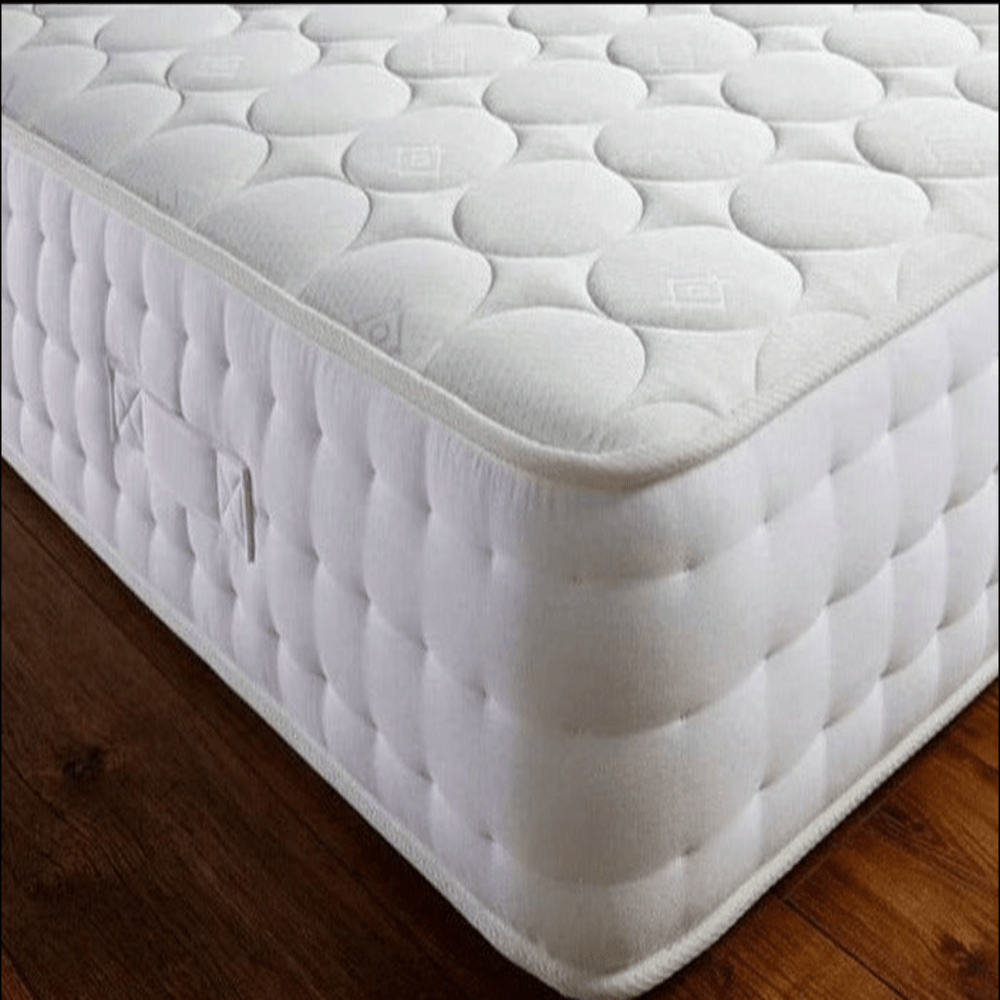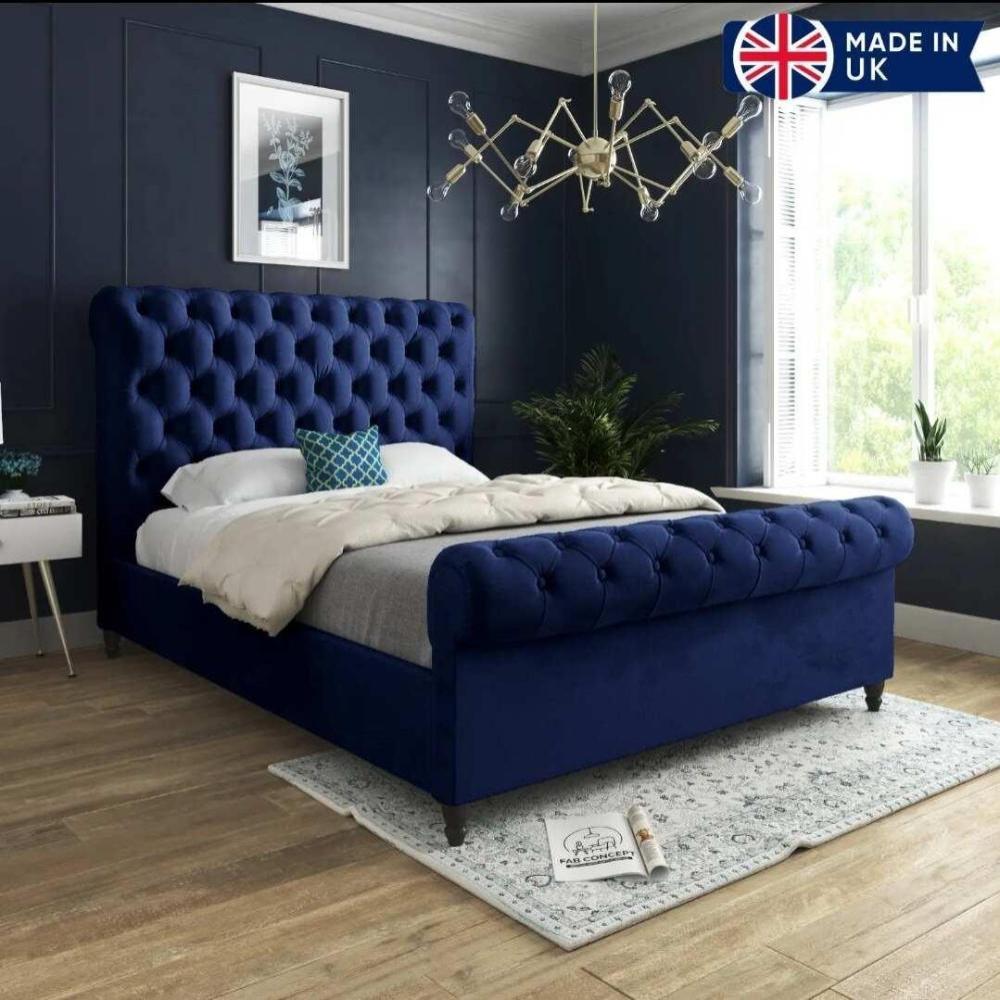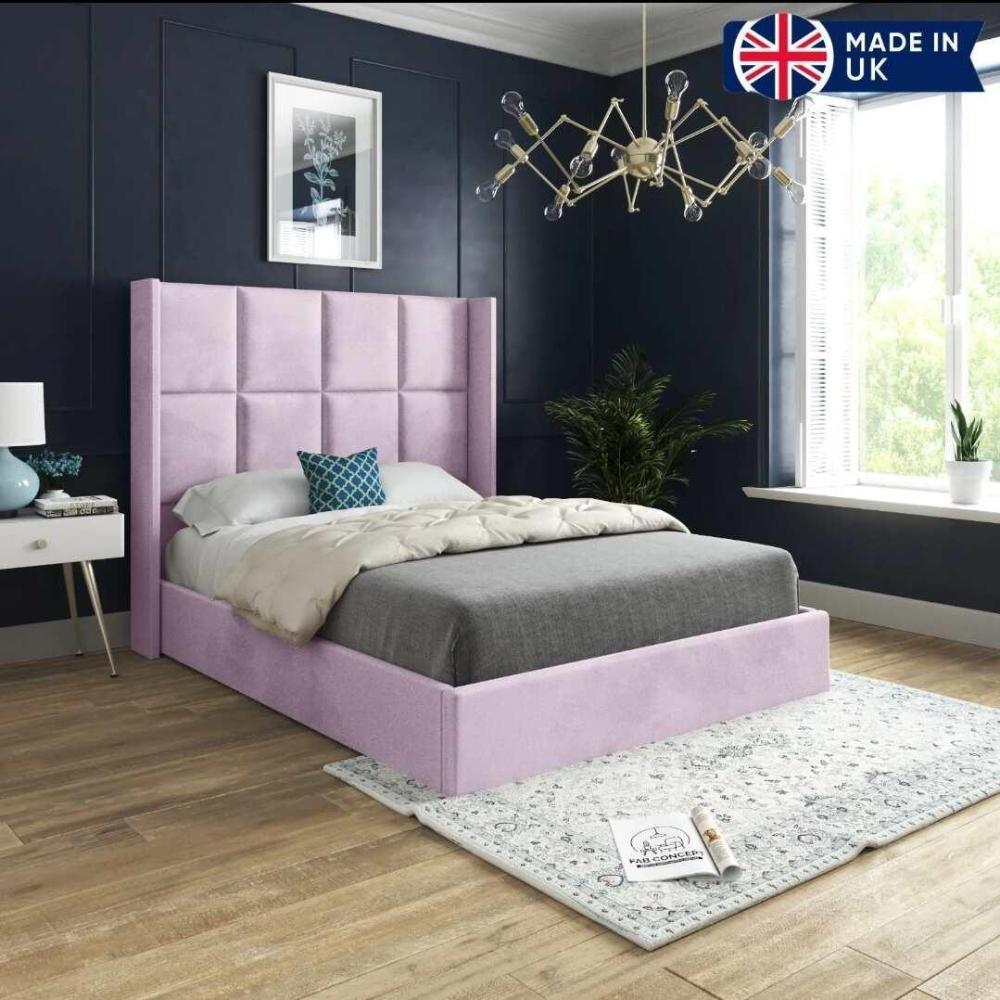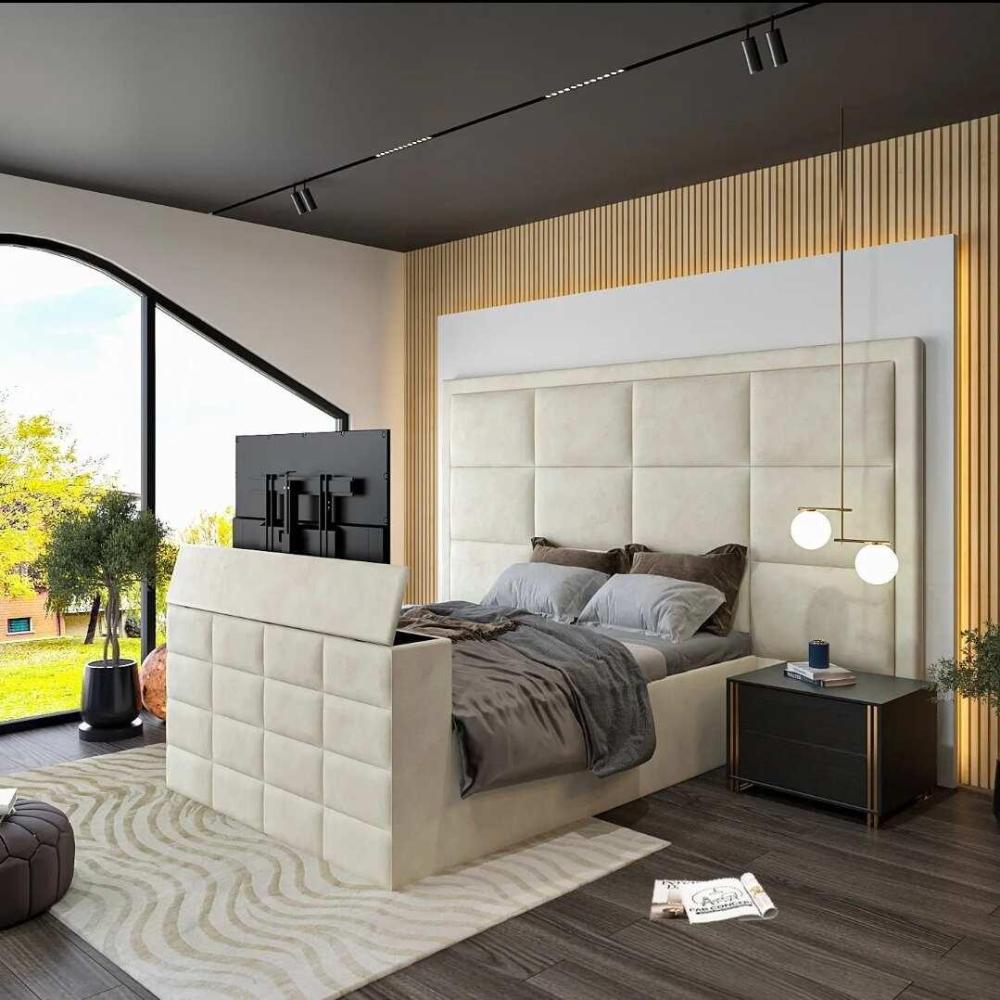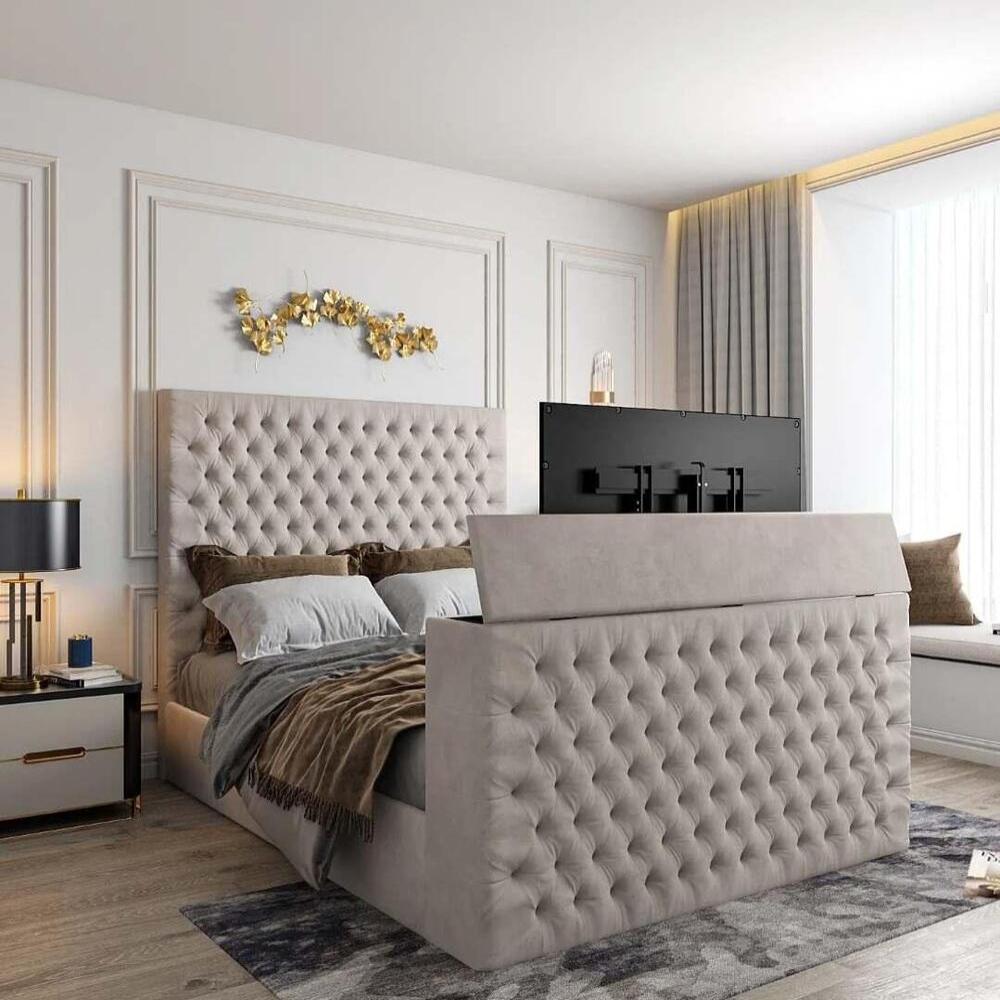Discover how to choose the best small single mattress to ensure comfort, support, and durability for a peaceful night’s sleep.
Introduction
A good mattress is essential for quality sleep. Small single mattresses might be the perfect choice if you're looking for a compact option. Whether for a child's bedroom, a guest room, or a small space, selecting the right mattresses requires careful consideration of size, materials, comfort, and budget.
Why Choose a Small Single Mattress?
A small single mattress is ideal for compact living spaces. It's perfect for children, teenagers, or adults needing a space-saving solution. These mattresses fit in narrow rooms, bunk beds, and guest spaces, making them a practical choice.
Benefits of Small Single Mattresses
Small single mattresses offer a range of benefits that make them a practical choice for various living situations.
- Space-Saving – Fits in smaller rooms or shared spaces.
- Cost-Effective – More affordable than more significant mattresses.
- Versatile – Suitable for children, guests, and even adults.
- Easy to Move – Lightweight and convenient for transport.

Size Matters
Understanding Small Single Mattress Dimensions
A standard single bed mattress measures 75 cm x 190 cm (2'6" x 6'3"). It's narrower than a standard single, making it ideal for tight spaces while offering enough sleeping room.
Is a Small Single Mattress Right for You?
A single bed mattress could be a great fit for a small bedroom, a child's bed, or a guest room. However, taller adults may find it too restrictive for comfortable sleep.
Types of Small Single Mattresses
When choosing a single bed mattress, it's essential to consider the different types available. Each offers unique benefits to suit various sleep preferences and needs.
1. Memory Foam Mattresses
The memory foam mattresses mould to your body shape, providing excellent pressure relief and support, especially for those with joint pain or specific pressure points. However, they can retain heat, so choosing gel-infused or breathable versions may help if you sleep hot.
2. Innerspring Mattresses
Traditional and affordable, these mattresses use metal coils to support and promote airflow, keeping you cool during sleep. While breathable, they may lack motion isolation, which can be a drawback for couples or those sensitive to movement.
3. Pocket Sprung Mattresses
Made with individual springs encased in fabric, pocket-sprung mattresses offer better support and reduce motion transfer, ensuring minimal disruption when moving. These mattresses are suitable for all types of sleepers and provide both comfort and durability.
4. Latex Mattresses
Natural and durable, latex mattresses are firm, supportive, and hypoallergenic, making them a great choice for allergy sufferers. While they are an excellent long-term investment, their higher price point can be a consideration for those on a tighter budget.
5. Hybrid Mattresses
Hybrid mattresses combine memory foam, latex, or other materials with springs to offer a balance of comfort, support, and breathability. They are versatile and can accommodate a variety of sleeping preferences, providing the best of both worlds for ultimate comfort.
Comfort Considerations
Firmness Options Explained
- Soft – Best for side sleepers needing extra cushioning.
- Medium – A balanced option suitable for most people.
- Firm – Ideal for back and stomach sleepers needing more support.
Pressure Relief Features
Memory foam and hybrid mattresses are excellent at reducing pressure on key areas like the shoulders, hips, and lower back, providing optimal comfort for those with pain or discomfort. These materials contour to the body, offering targeted support and helping to alleviate pressure points.
Edge Support Importance
A mattress with reinforced edges prevents sagging, helping maintain its structure and longevity. It also makes it easier to sit or sleep near the edge without feeling like you're going to roll off, adding to the overall comfort and usability of the mattress.

Mattress for Kids vs Adults
Choosing a Mattress for Children
A medium-firm mattress with good support is best for growing children, as it helps ensure proper spinal alignment and promotes healthy sleep. Pairing it with a sturdy single bed frame offers additional support. Waterproof covers can also protect against spills, accidents, and potential allergens, keeping the mattress clean and hygienic.
Best Options for Adult Use
A pocket-sprung or hybrid mattress is ideal for adult sleepers, providing superior durability, support, and comfort. These mattresses offer excellent motion isolation and are designed to accommodate various sleeping positions, ensuring a restful night's sleep for many body types.
Mattress Thickness
What’s the Ideal Thickness for a Small Single Mattress?
Most small single mattresses range from 10 cm to 30 cm thick. The proper thickness depends on your comfort preference and sleeping position.
Thin vs Thick Mattresses
- Thin (10-15 cm) – Good for children or occasional use.
- Medium (15-25 cm) – Suitable for everyday use.
- Thick (25 cm and above) – Offers maximum comfort and durability.
Material Choices
Choosing the Right Mattress Cover
A high-quality mattress protector protects your investment by guarding against dirt, spills, and allergens, helping to maintain a clean surface. Look for removable, washable covers to ensure easy maintenance and hygiene over time.
Breathability and Temperature Control
Latex and innerspring mattresses allow for better airflow, helping to regulate body temperature and keep you cool throughout the night. On the other hand, memory foam tends to retain heat, so gel-infused or breathable memory foam options are ideal for hot sleepers.
Hypoallergenic Materials
Latex and memory foam are naturally resistant to dust mites and allergens, offering a healthier sleep environment for those with sensitivities. These materials can help reduce allergic reactions and improve sleep quality for allergy sufferers.

Budget and Value
How Much Should You Spend on a Small Single Mattress?
Prices range from £100 to £600, depending on materials and quality. A good mid-range mattress costs £200-£400.
Best Budget-Friendly Small Single Mattresses
Look for foam or innerspring options for affordability, or check seasonal sales for discounts on higher-end models.
Mattress Durability
Mattress Lifespan
A quality mattress typically lasts 7-10 years, depending on the material and maintenance. Regular care, like rotating the mattress and using a protector, can help extend its lifespan and keep it in good condition.
Signs of Mattress Wear
- Sagging or lumps
- Loss of firmness
- Waking up with aches and pains
Health Considerations
Mattresses for Back Support
Firm mattresses offer strong support to help maintain spinal alignment and reduce back pain, especially for those with lower back issues. They distribute weight evenly across the body, preventing excessive sinking and ensuring a neutral sleeping position throughout the night.
Allergy-Friendly Mattress Choices
Look for hypoallergenic materials like latex and memory foam, which naturally resist dust mites, mould, and other allergens. Additionally, ensure the mattress cover is dust-mite resistant and washable, providing extra protection for allergy sufferers.
Sleeping Positions
Best Mattress for Side Sleepers
A soft to medium-firm mattress provides the right balance of comfort and pressure relief to prevent discomfort in the shoulders and hips.
Best Mattress for Back Sleepers
A medium to firm mattress supports the spine’s natural curve, ensuring proper alignment and reducing the risk of lower back pain.
Best Mattress for Stomach Sleepers
A firm mattress helps stomach sleepers maintain spinal alignment, preventing excessive sinking that could lead to discomfort or pain.

How to Test a Mattress
Do You Need to Try Before You Buy?
Testing a mattress in-store helps ensure it meets your comfort and support needs before committing to a purchase. It also allows you to assess the feel, firmness, and overall suitability of the mattress for your sleep preferences.
Importance of Mattress Trials
Many brands offer 30-100-night trials, giving you the opportunity to test the mattress in your own home. This ensures you can return or exchange the mattress if it doesn't meet your expectations or causes discomfort after sleeping on it for a few weeks.
Mattress Maintenance
How to Clean Your Mattress
Regularly vacuum your mattress to eliminate dust, dirt, and allergens that can build up over time. A mattress protector helps keep your mattress fresh by preventing stains and extending its cleanliness and lifespan.
Preventing Mattress Damage
To ensure even wear, rotate your mattress every 3-6 months and avoid using it for activities like jumping that can stress the material. Proper care can help prevent sagging, maintain the mattress's shape, and ensure long-term durability.
Mattress Foundation
Bed Base for Mattress?
A solid or slatted base supports your mattress, ensuring even weight distribution and promoting better sleep quality. It also helps extend the mattress's lifespan by preventing sagging and wear.
Best Bed Frames for Small Mattresses
Platform beds, bunk beds, and adjustable bases are ideal for small mattresses. They offer sturdy support and maximize space efficiency. These frames also provide flexibility and comfort, accommodating various sleeping preferences.
Weight and Portability
Lightweight Small Mattresses
Foam and thin innerspring models are the easiest to move due to their lighter weight and flexible design. These mattresses are perfect for those who need to relocate or frequently rearrange their living space.
Ease of Moving Small Mattresses
Most small single mattresses are lightweight, making transport and setup simple even for a single person. Their compact size allows easy manoeuvring through doorways, stairs, and narrow spaces without hassle.
Common Mistakes to Avoid
What to Skip When Buying a Small Single Mattress
- Choosing price over comfort
- Ignoring firmness levels
- Overlooking breathability
Mistakes That Could Affect Sleep Quality
- Buying the wrong thickness
- Not considering the sleeping position
- Skipping a trial period
Wrapping Up
The right mattress depends on your sleep needs, budget, and available space. Choosing the right firmness is crucial for your comfort and support, as it helps align your spine and reduces pressure points based on your sleeping position. Breathability is another important factor, especially if you tend to sleep hot, as a mattress with good airflow can help regulate temperature and keep you comfortable throughout the night. Additionally, it's essential to look for a mattress with a good warranty, ensuring you're protected against defects and can enjoy long-term use without worrying about premature wear or performance issues.
Frequently Asked Questions
How long should a small single mattress last?
Proper care, such as regular rotation and a mattress protector, can extend the life of a mattress to 7-10 years while maintaining comfort and support.
Can adults use a small single mattress?
Yes, adults can use a small single mattress, but its limited length and width may make it restrictive for taller individuals, especially those over 6 feet.
What’s the best firmness for kids?
A medium-firm mattress provides a good balance of comfort and support for children, helping to maintain proper spinal alignment as they grow.
Do all small single mattresses need a bed frame?
No, a single bed mattress does not always need a bed frame, but using one can improve support, prevent wear and tear, and prolong the mattress's lifespan.
How can I make a small single mattress last longer?
To make a single bed mattress last longer, use a mattress protector, rotate it regularly to distribute wear, and keep it clean from dust, spills, and allergens.

